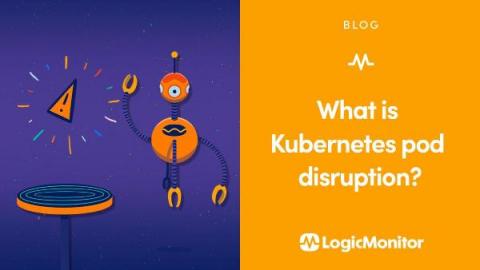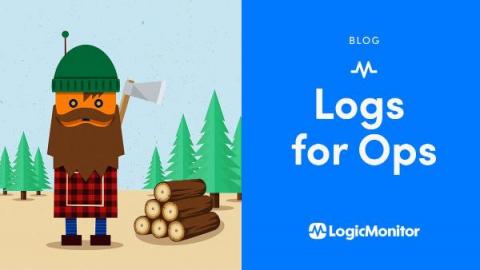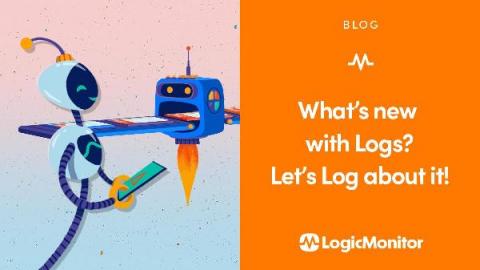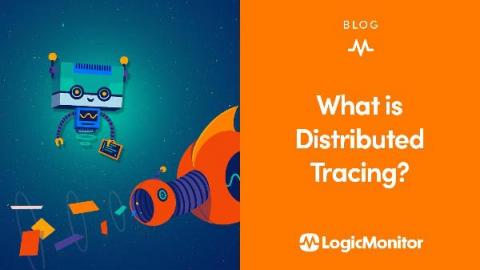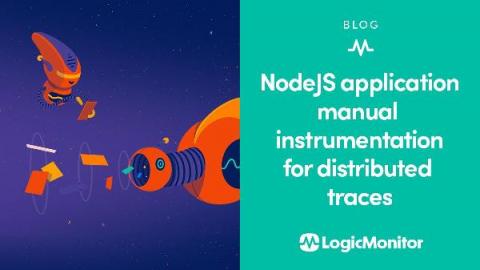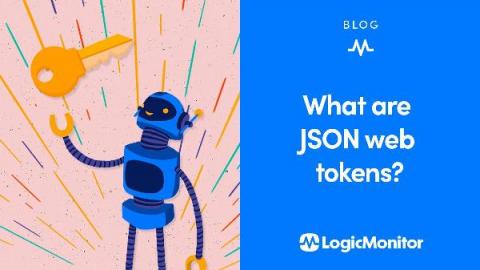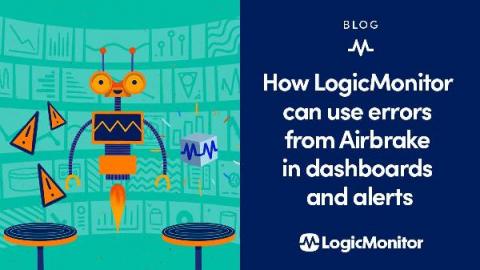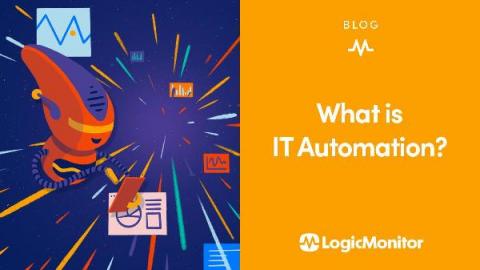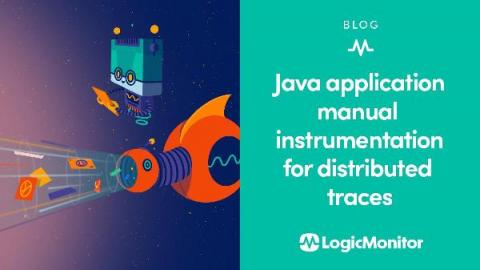What Is Kubernetes Pod Disruption?
Kubernetes pods are the smallest deployable units in the Kubernetes platform. Each pod signals a single running process within the system and functions from a node or worker machine within Kubernetes, which may take on a virtual or physical form. Occasionally, Kubernetes pod disruptions may occur within a system, either from voluntary or involuntary causes.


